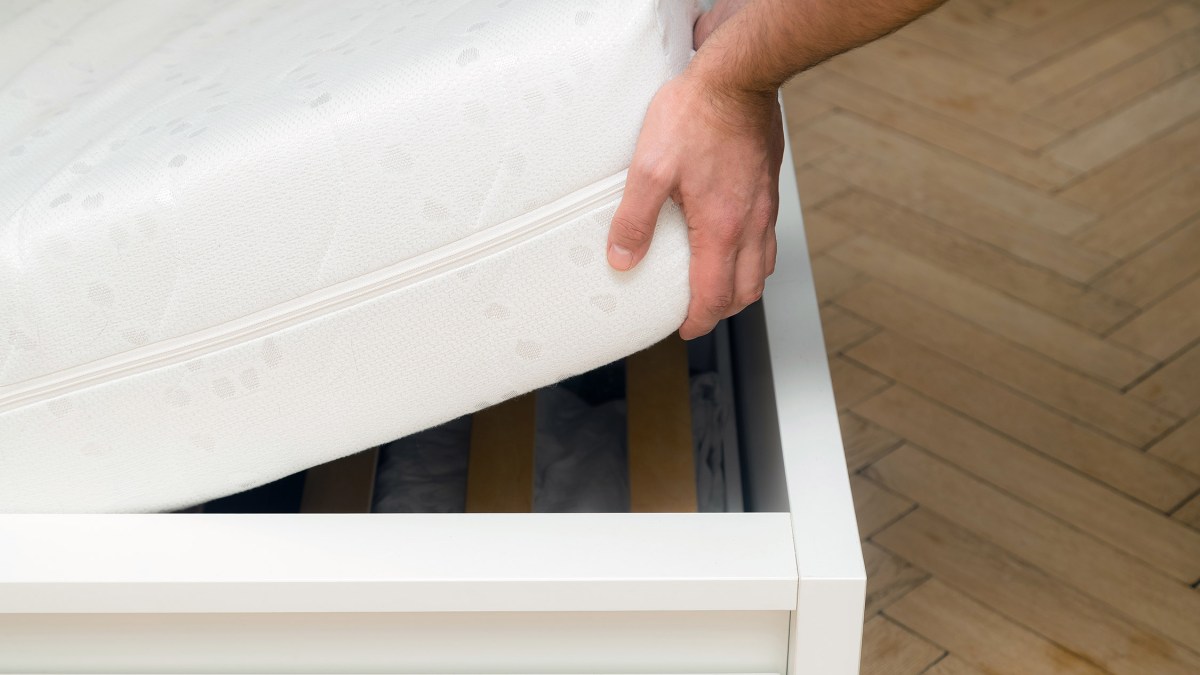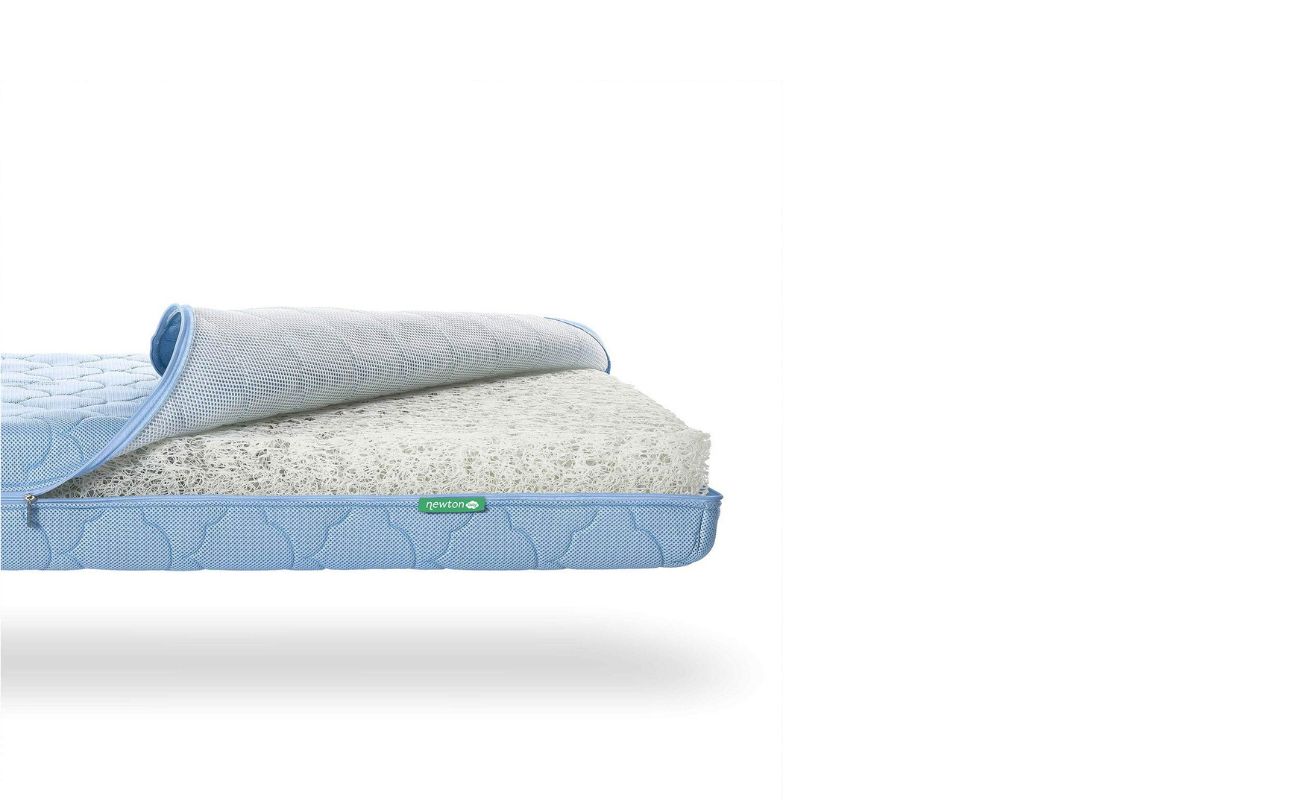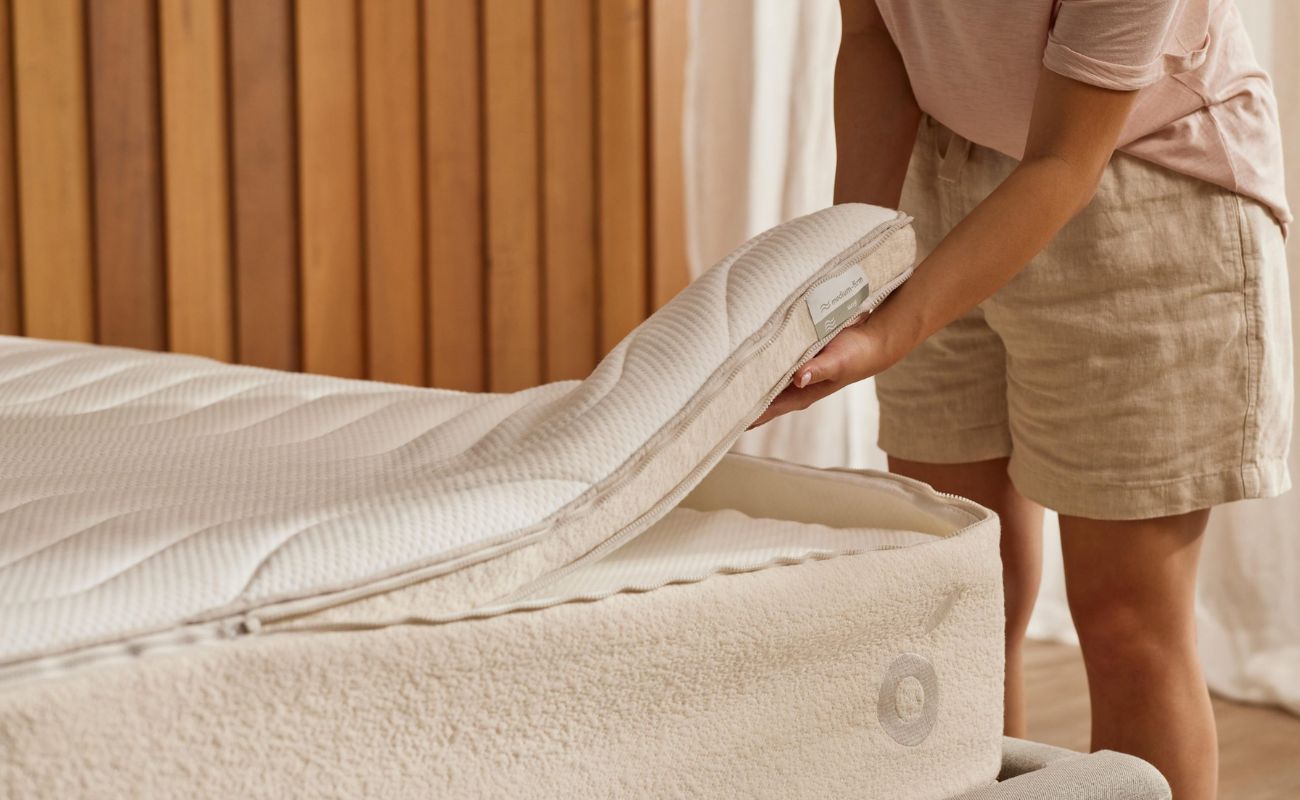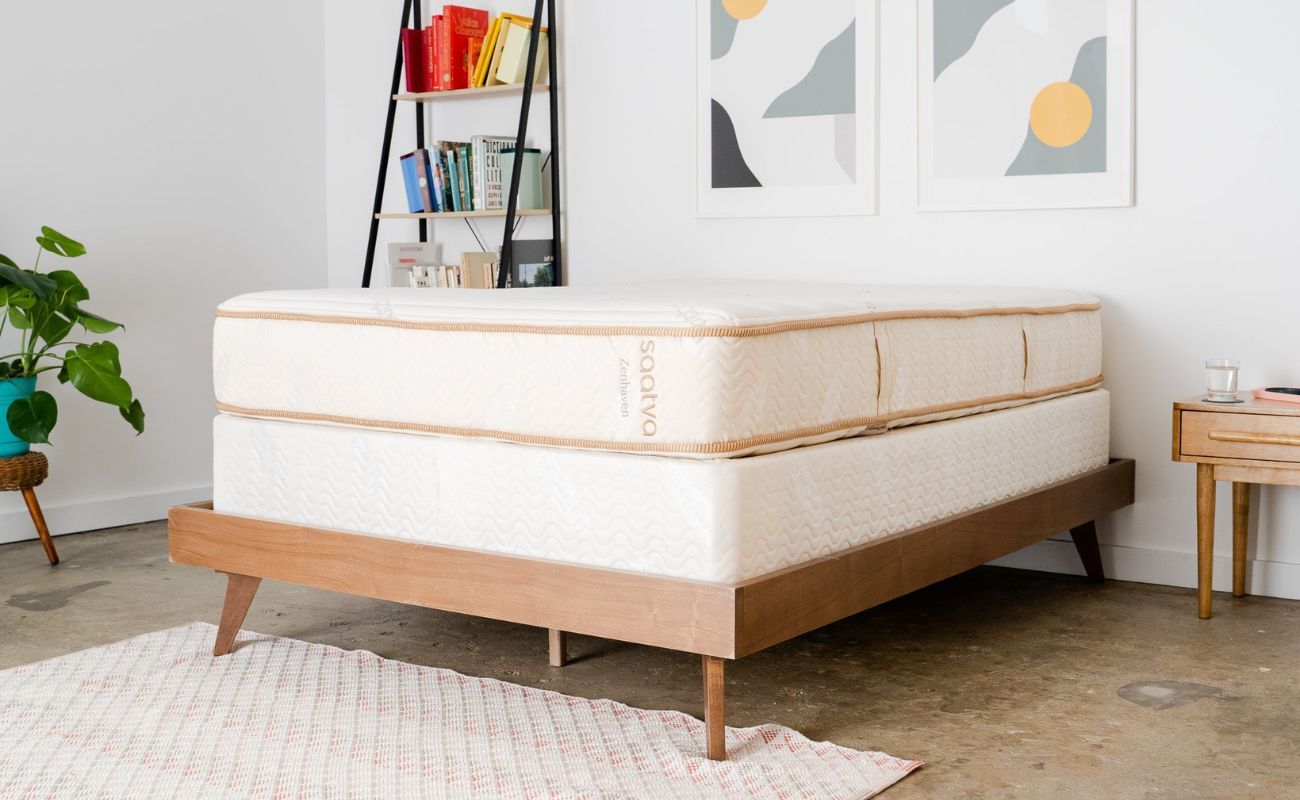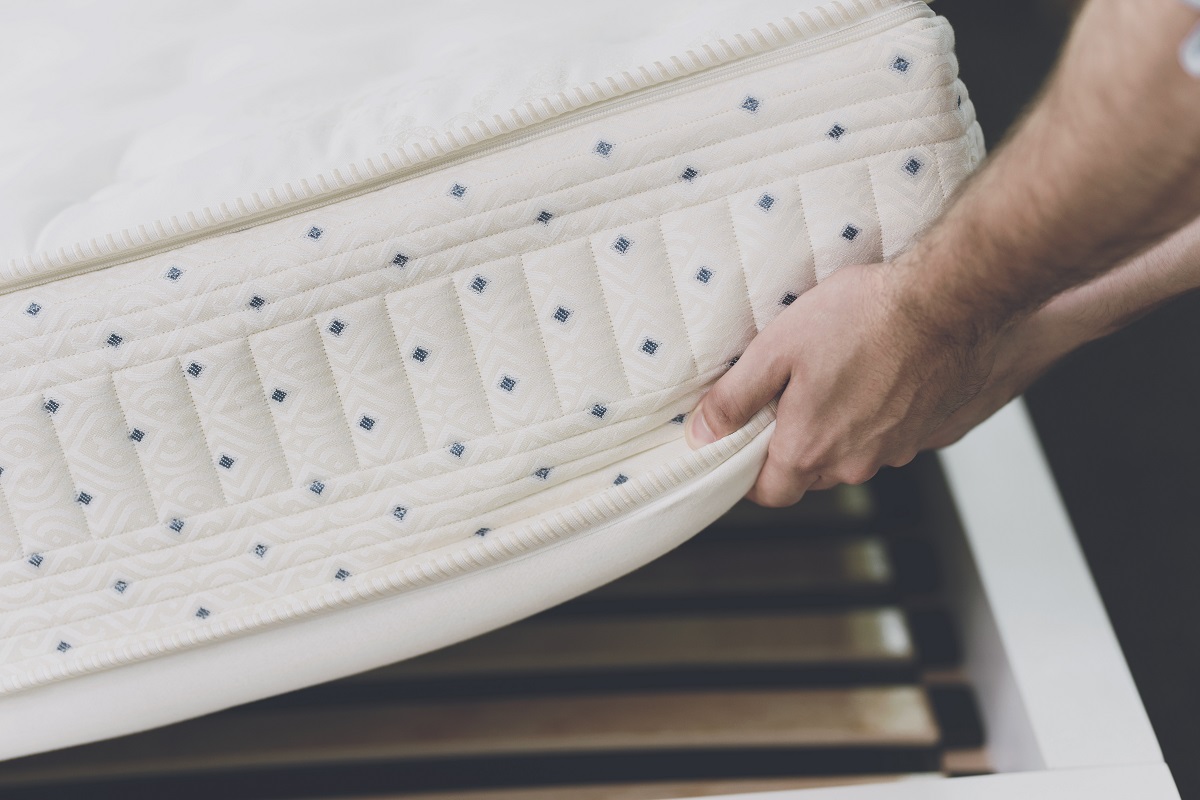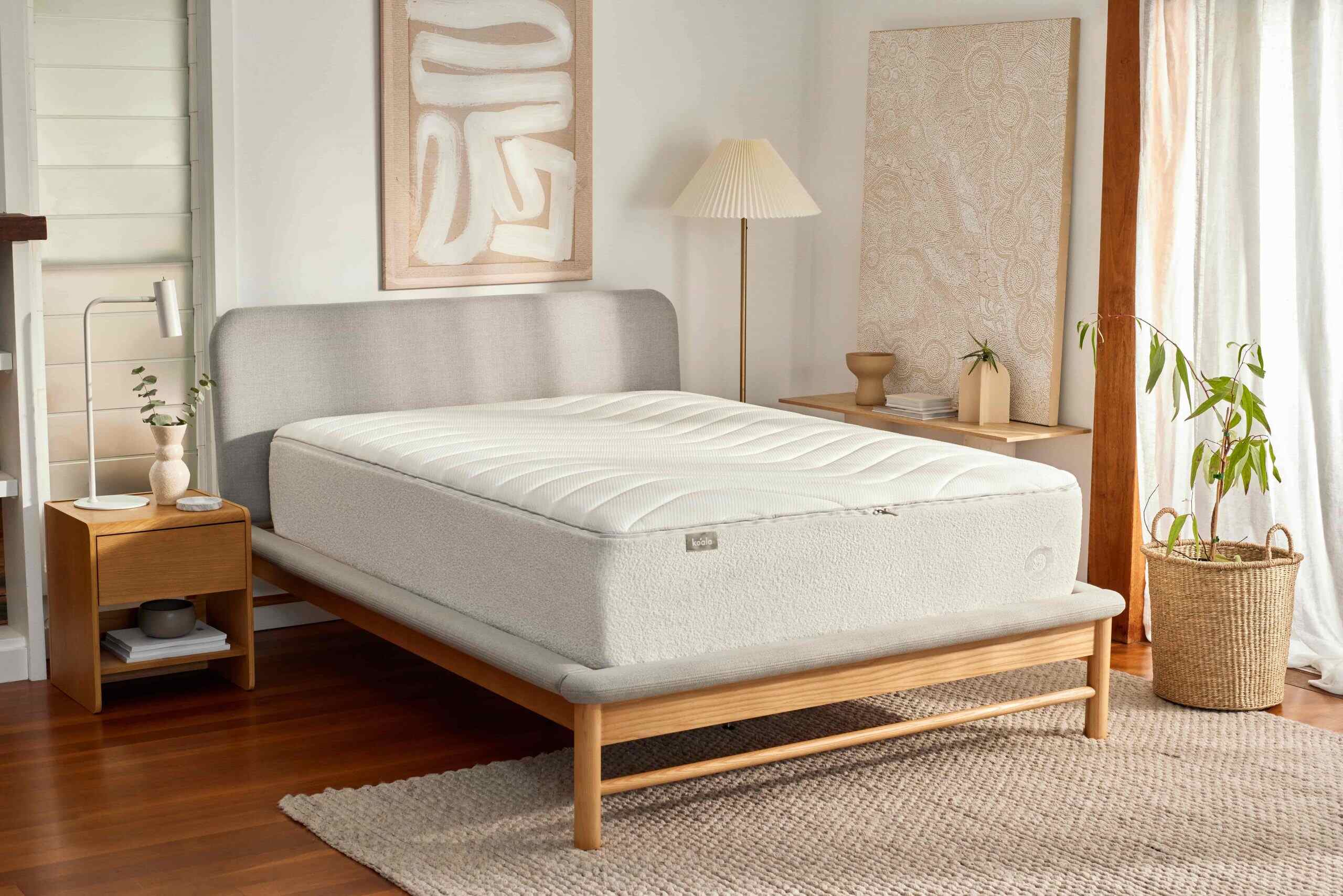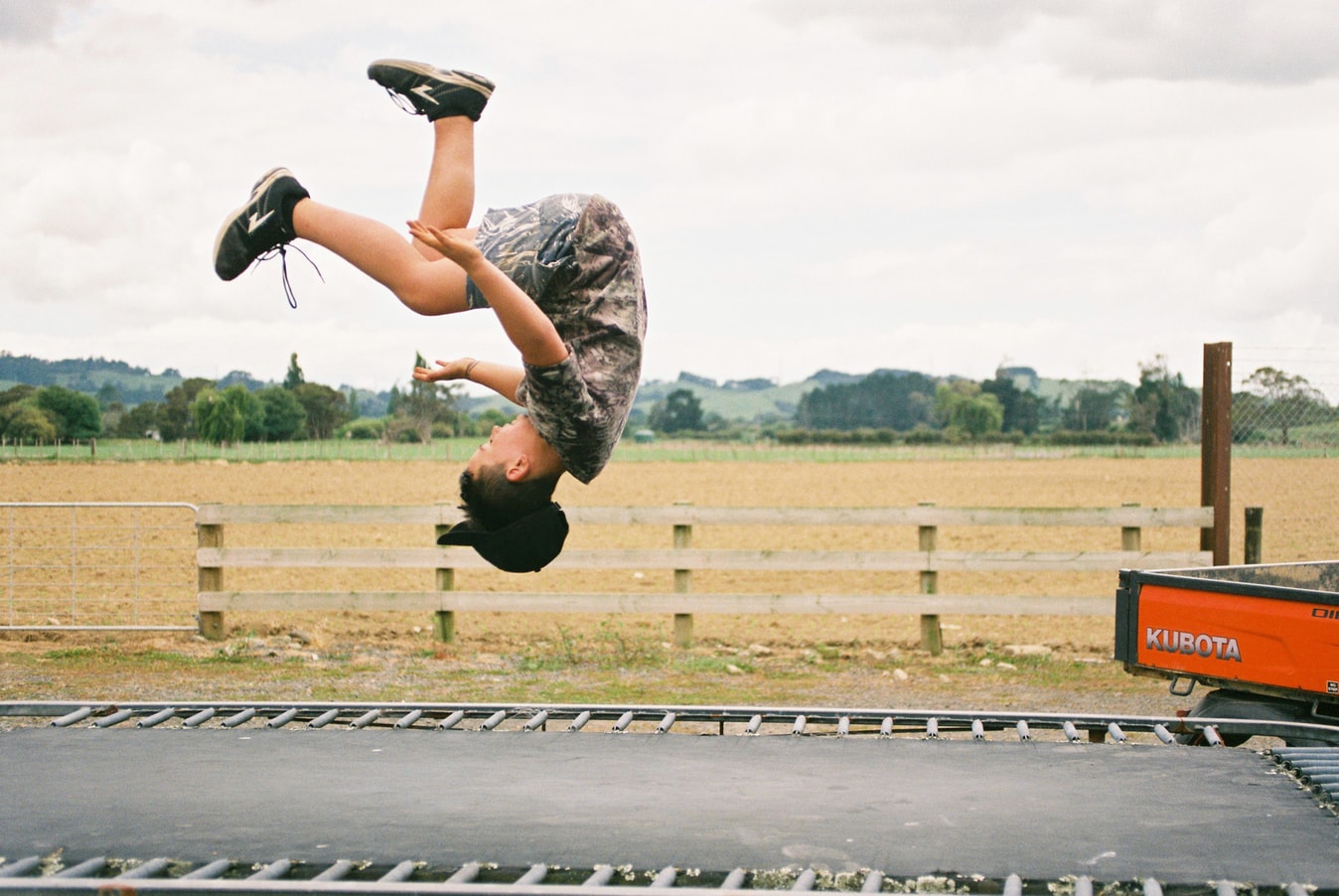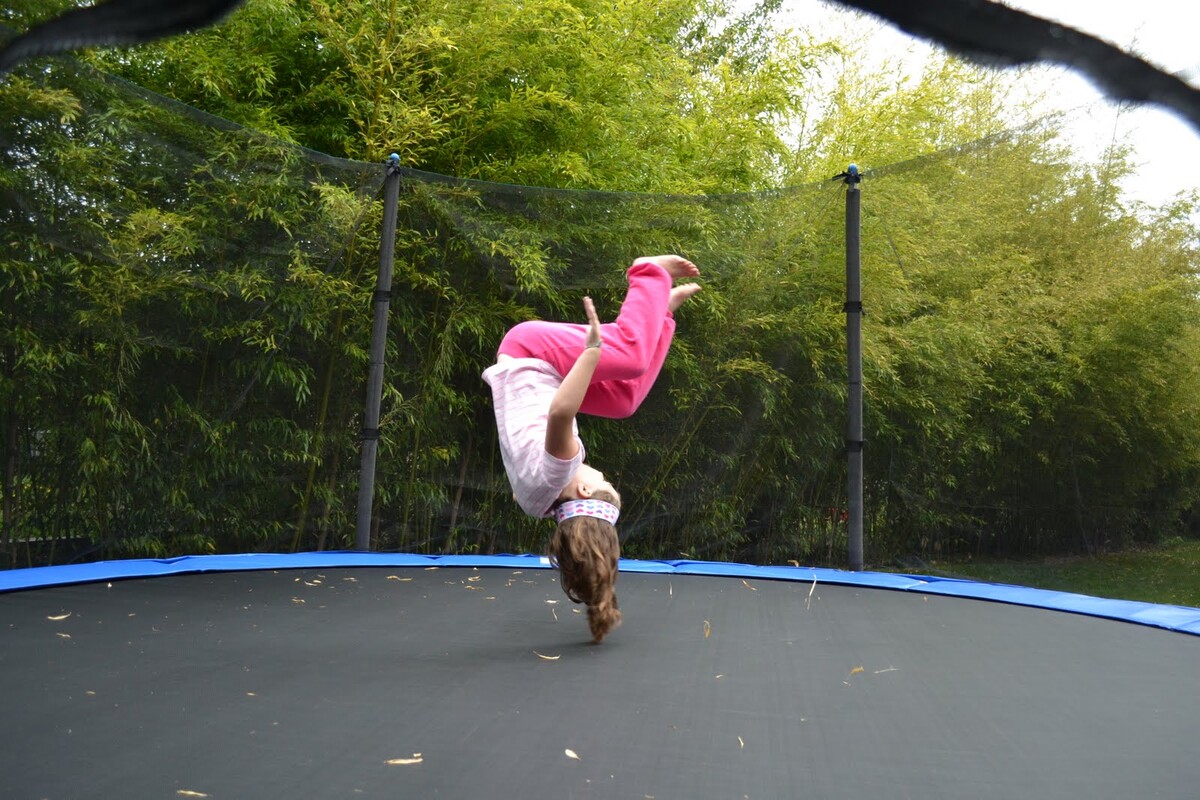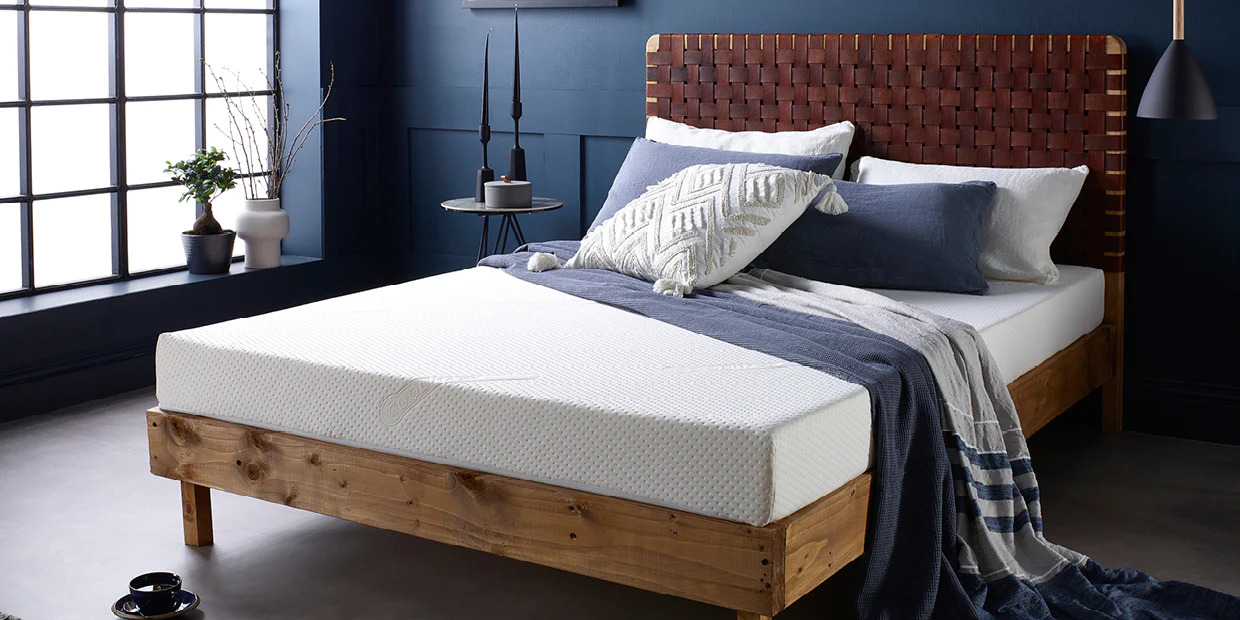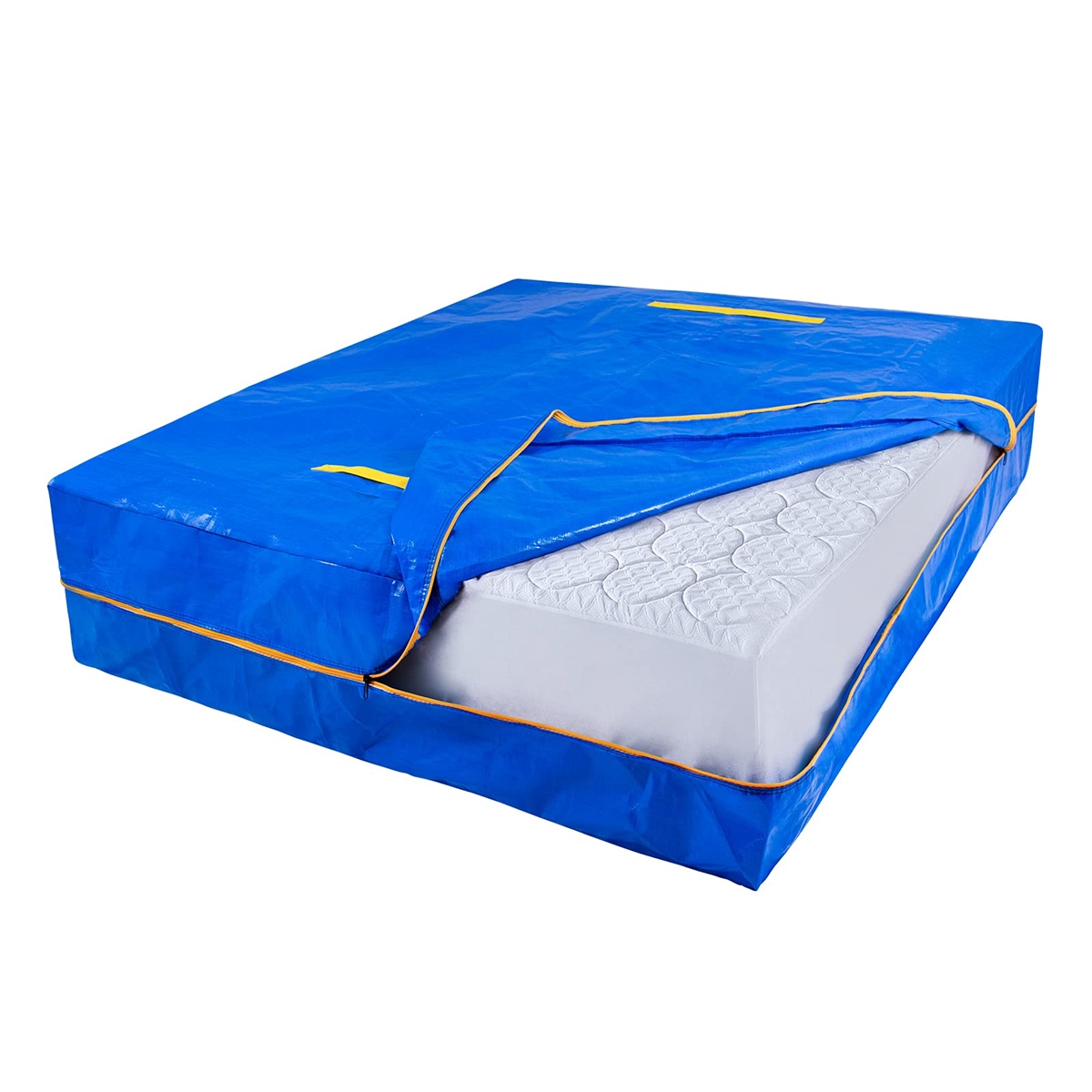Home>Furniture>Bedroom Furniture>When To Flip Infant Mattress
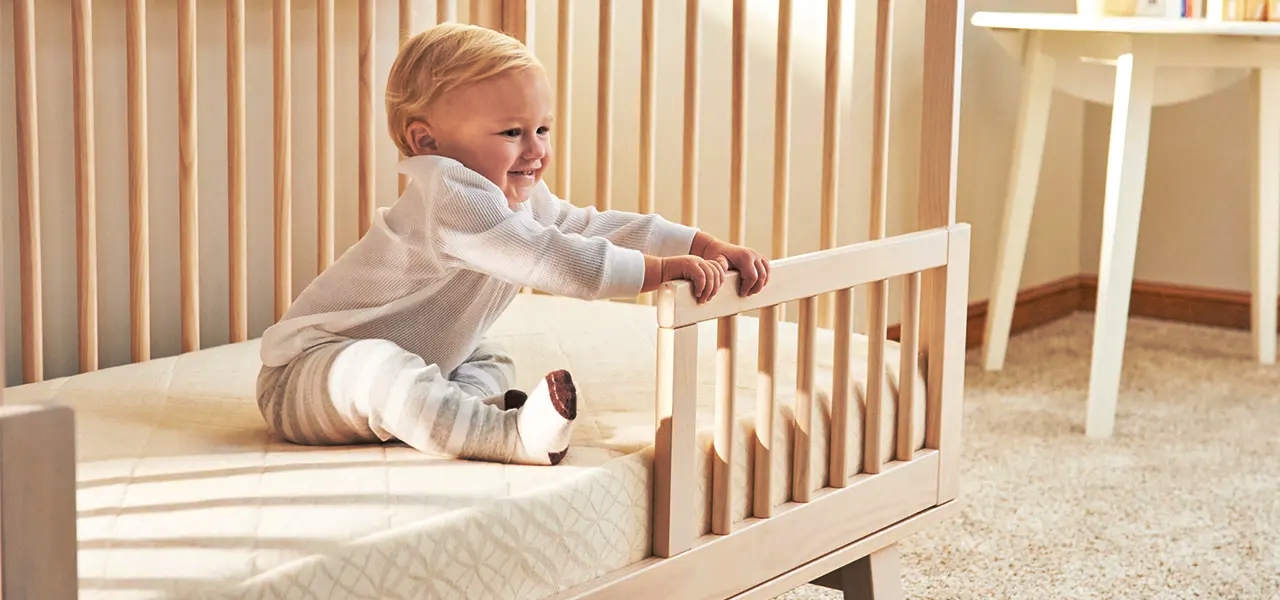

Bedroom Furniture
When To Flip Infant Mattress
Published: December 9, 2023
Discover the perfect time to flip your infant mattress and ensure a safe and comfortable sleep environment. Shop our selection of bedroom furniture for all your nursery needs.
(Many of the links in this article redirect to a specific reviewed product. Your purchase of these products through affiliate links helps to generate commission for Storables.com, at no extra cost. Learn more)
Introduction
Welcome to the world of parenthood, where every decision you make is centered around the well-being of your little one. One key aspect of creating a safe and comfortable environment for your baby is choosing the right mattress for their crib. However, many parents may overlook an important aspect of mattress care – flipping it regularly.
Flipping an infant mattress is crucial to ensure even wear and support, which can ultimately contribute to your baby’s comfort and promote healthy sleep patterns. In this article, we will explore when and how to flip an infant mattress, as well as the factors to consider and safety precautions to keep in mind.
Key Takeaways:
- Regularly flipping an infant mattress ensures even wear and support, promoting healthy sleep patterns and extending its lifespan. Consider factors like age, construction, and manufacturer’s recommendations for informed decisions.
- Prioritize safety when flipping an infant mattress by ensuring stability, clearing the area, seeking assistance, and maintaining a firm grip. Regularly inspect the mattress for wear and damage to ensure a safe sleep surface for your baby.
Read more: When To Flip To Toddler Side Of Mattress
Factors to Consider Before Flipping an Infant Mattress
Before diving into the process of flipping an infant mattress, there are a few important factors to consider. These include the age of the mattress, its construction, and the manufacturer’s recommendations. Let’s explore these factors in detail:
- Age of the Mattress: The age of the mattress plays a significant role in determining whether it’s time to flip it or not. It is generally recommended to flip an infant mattress at regular intervals to ensure even wear and prevent sagging.
- Construction of the Mattress: Different types of infant mattresses have varying construction methods. Some mattresses are designed with a specific top and bottom side, while others are flippable with identical surfaces on both sides. It’s important to identify the construction type of your baby’s mattress to determine whether flipping is necessary.
- Manufacturer’s Recommendations: Always refer to the manufacturer’s instructions and recommendations regarding flipping an infant mattress. They may provide specific guidelines and timelines based on their product’s construction and materials.
By taking these factors into consideration, you can make an informed decision about when and how to flip your baby’s mattress, ensuring optimal comfort and support.
Signs that Indicate it’s Time to Flip the Mattress
Knowing when to flip an infant mattress is essential for maintaining its longevity and ensuring your baby’s comfort. While there isn’t a specific timeline for flipping, there are several signs to look out for that indicate it’s time to turn the mattress over. Here are the key signs to watch for:
- Sagging: If you notice visible sagging or indentations in the mattress, it’s a clear indication that it needs to be flipped. Sagging can affect the support and comfort of your baby’s sleep surface.
- Uneven Wear: Check for signs of uneven wear on the mattress. This can be indicated by lumps, bumps, or areas that appear to be more compressed compared to others. Flipping the mattress can help distribute the weight evenly and extend its lifespan.
- Discomfort: If your little one is displaying signs of discomfort during sleep, such as restless tossing and turning, it may be a sign that the mattress needs to be flipped. Uneven wear can lead to pressure points that make it difficult for your baby to find a comfortable sleeping position.
- Allergens or Odors: If you’ve noticed an increase in allergens or unpleasant odors coming from the mattress, flipping it can help refresh and aerate the materials, maintaining a cleaner and healthier sleep surface for your baby.
It’s important to pay attention to these signs and regularly inspect the mattress to ensure it remains in optimal condition for your baby’s comfort and safety. While these signs may recommend flipping, always refer to the manufacturer’s guidelines for the final determination.
It is recommended to flip an infant mattress every 3-4 months to ensure even wear and support for your baby. This can help prevent sagging and maintain the mattress’s firmness for a safe sleep environment.
Safety Precautions for Flipping an Infant Mattress
When it comes to flipping an infant mattress, safety should be a top priority. Follow these essential precautions to ensure a secure and hazard-free process:
- Check for Stability: Before attempting to flip the mattress, ensure that the crib and its support system are stable and in good condition. A sturdy and secure crib is crucial for your baby’s safety during the flipping process.
- Choose the Right Time: Pick a time when your baby is not in the crib. This eliminates the risk of them getting injured or trapped during the flipping process.
- Clear the Area: Remove any items, such as toys or bedding, from the crib to create a clear and unobstructed space for flipping the mattress. This prevents any objects from accidentally falling or causing harm during the process.
- Seek Assistance: Flipping an infant mattress can be challenging due to its weight and size. It’s recommended to seek assistance from another adult to ensure a smooth and safe flipping process.
- Maintain a Firm Grip: When flipping the mattress, maintain a firm grip and control over it to avoid any sudden movements or accidents. Use your legs and arms to support the weight and flip it with caution.
- Secure the Mattress: After flipping the mattress, ensure it is securely fitted back into the crib. Check that all corners are properly tucked in and that there are no gaps or loose edges that could pose a suffocation or entrapment hazard.
- Regular Inspection: Once the mattress is flipped, regularly inspect it for any signs of wear, sagging, or damage. This ensures that your baby continues to have a safe and supportive sleep surface.
By following these safety precautions, you can confidently flip your baby’s mattress while minimizing any potential risks or accidents. Remember, the safety and well-being of your little one always come first!
Step-by-Step Guide to Flipping an Infant Mattress
Now that you’re aware of the factors to consider and the safety precautions to take, let’s dive into a step-by-step guide on how to flip an infant mattress:
- Prepare the Space: Clear the crib of any toys, bedding, or other items and make sure the area around the crib is clear as well to ensure a safe and unobstructed flipping process.
- Ensure Stability: Check that the crib is stable and in good condition. Also, make sure the crib mattress support system is secure before proceeding.
- Remove the Mattress: Carefully lift the mattress from the crib and place it on a clean and safe surface, such as the floor or another flat and stable area.
- Flip the Mattress: With the help of another adult, hold the mattress securely on both sides and flip it over so that the bottom side becomes the top. Use your legs and arms to support the weight and ensure a controlled flip.
- Inspect and Clean: Take this opportunity to inspect the mattress for any signs of wear, sagging, or damage. Remove any debris or dirt that may have accumulated on the flipped side and ensure it is clean before placing it back in the crib.
- Fit the Mattress back into the Crib: Carefully and evenly place the flipped mattress back into the crib, ensuring that all corners fit snugly and there are no gaps or loose edges. Double-check that the mattress is secured properly.
- Reassemble the Crib: If you had to disassemble any crib components, such as the side railings, during the flipping process, reassemble them securely and make sure they are in the correct position.
- Replace Bedding: Once the mattress is back in place, you can replace the crib sheets and other bedding items as usual. Ensure that everything fits properly and is securely tucked in.
Following this step-by-step guide will help you successfully flip your baby’s mattress while maintaining safety and ensuring their comfort. Regularly repeat this process as needed, based on the signs outlined earlier, to keep the mattress in good condition and provide optimal support for your little one.
Read more: When To Flip Crib Mattress To Toddler Side
Conclusion
Taking care of your baby’s sleep environment is crucial for their comfort and overall well-being. Flipping an infant mattress at regular intervals is an important part of mattress maintenance that promotes even wear and ensures optimal support for your little one. By considering factors such as the age of the mattress, its construction, and the manufacturer’s recommendations, you can make informed decisions about when to flip the mattress.
Knowing the signs that indicate it’s time to flip, such as sagging, uneven wear, discomfort, and allergens or odors, allows you to address the issue promptly and maintain a safe and comfortable sleep surface for your baby.
When flipping the mattress, it is crucial to prioritize safety. Clear the crib and surrounding area, ensure stability, and seek assistance if needed. Maintain a firm grip on the mattress and securely fit it back into the crib after flipping. Regularly inspect the mattress for any signs of wear or damage to ensure your baby’s safety and comfort.
By following the step-by-step guide provided, you can confidently flip your infant’s mattress while maintaining a secure and hazard-free environment. Remember, a well-cared-for mattress contributes to your baby’s healthy sleep and overall development.
Flipping an infant mattress may seem like a small task, but it can have a significant impact on your baby’s quality of sleep and comfort. By incorporating flipping into your mattress care routine, you are investing in their well-being and ensuring a cozy and supportive sleep environment throughout their early years.
Frequently Asked Questions about When To Flip Infant Mattress
Was this page helpful?
At Storables.com, we guarantee accurate and reliable information. Our content, validated by Expert Board Contributors, is crafted following stringent Editorial Policies. We're committed to providing you with well-researched, expert-backed insights for all your informational needs.
